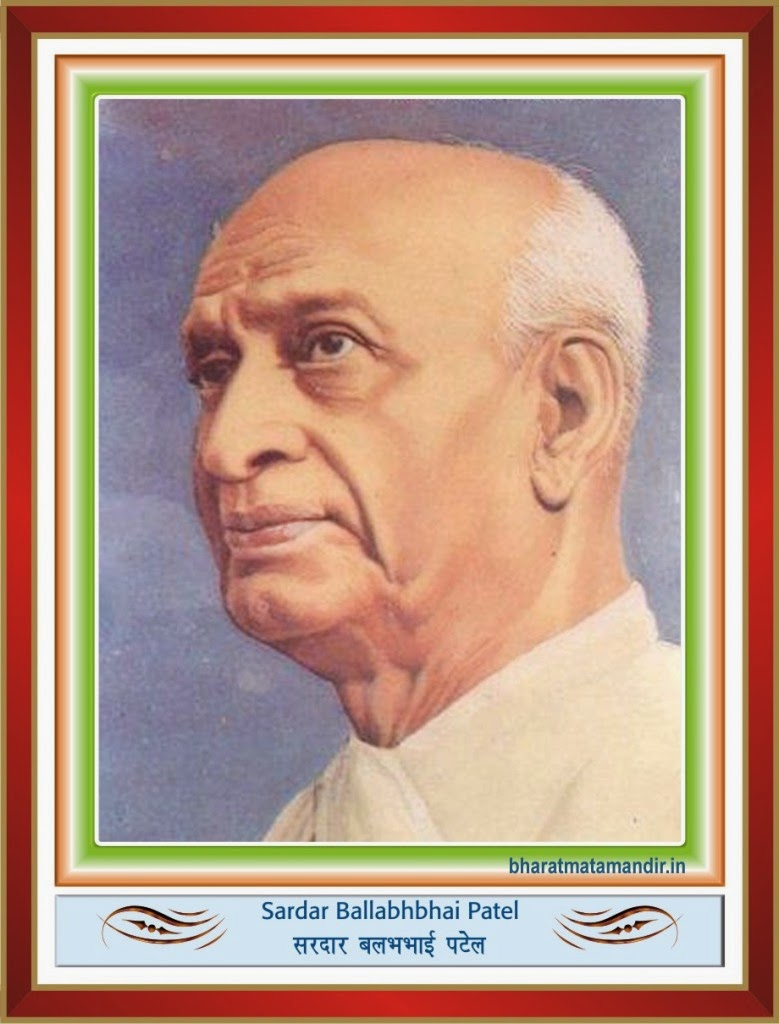Sardar Vallabhbhai Patel Biography :
Personal Life & Legacy :
Sardar Vallabhbhai Patel tied the knot at the age of 18, to Jhaverba, who was twelve years of age then. Following the traditional Hindu customs, which allowed the bride to stay with her parents until her husband had a decent income and an established household, the two stayed apart for a few years until Sardar Patel had definite income to fall back on.
Along with Jhaverba, he set up a house in Godhra. The couple was blessed with a daughter, Manibehn, in 1904, and a son, Dahyabhai, two years later.
In 1909, Jhaverba, who was suffering from cancer, underwent a major surgical operation. Though the operation was successful, Jhaverba’s health continued to decline. She passed away the same year. Patel was against remarrying and instead raised his children with the help of his family.
Patel’s health started declining in the summer of 1950. Though he was taken care of intensely, his health worsened. To recuperate, he was flown to Mumbai, where he lodged at the Birla House.
Sardar Patel breathed his last on December 15, 1950 after a massive heart attack. He was cremated at Sonapur – the ceremony was attended by a million people, including Prime Minister Nehru, Rajagopalachari and President Prasad.
Posthumously, Sardar Vallabhbhai Patel was awarded with India’s highest civilian award, Bharat Ratna in 1991. His birthday, which falls on October 31, is celebrated as Sardar Jayanti.
While his home in Karmsad has been preserved in his memory, in 1980 Sardar Patel National Memorial was established, which houses a museum, a gallery of portraits and historical pictures and a library.
A number of educational institutes in India have been named after him, including the nation’s premier institutes Sardar Vallabhbhai National Institute of Technology, Sardar Patel University, and Sardar Patel Vidyalaya,
Next : Sardar Patel Statue of Unity :
To be continued ...

.jpg)


Comments